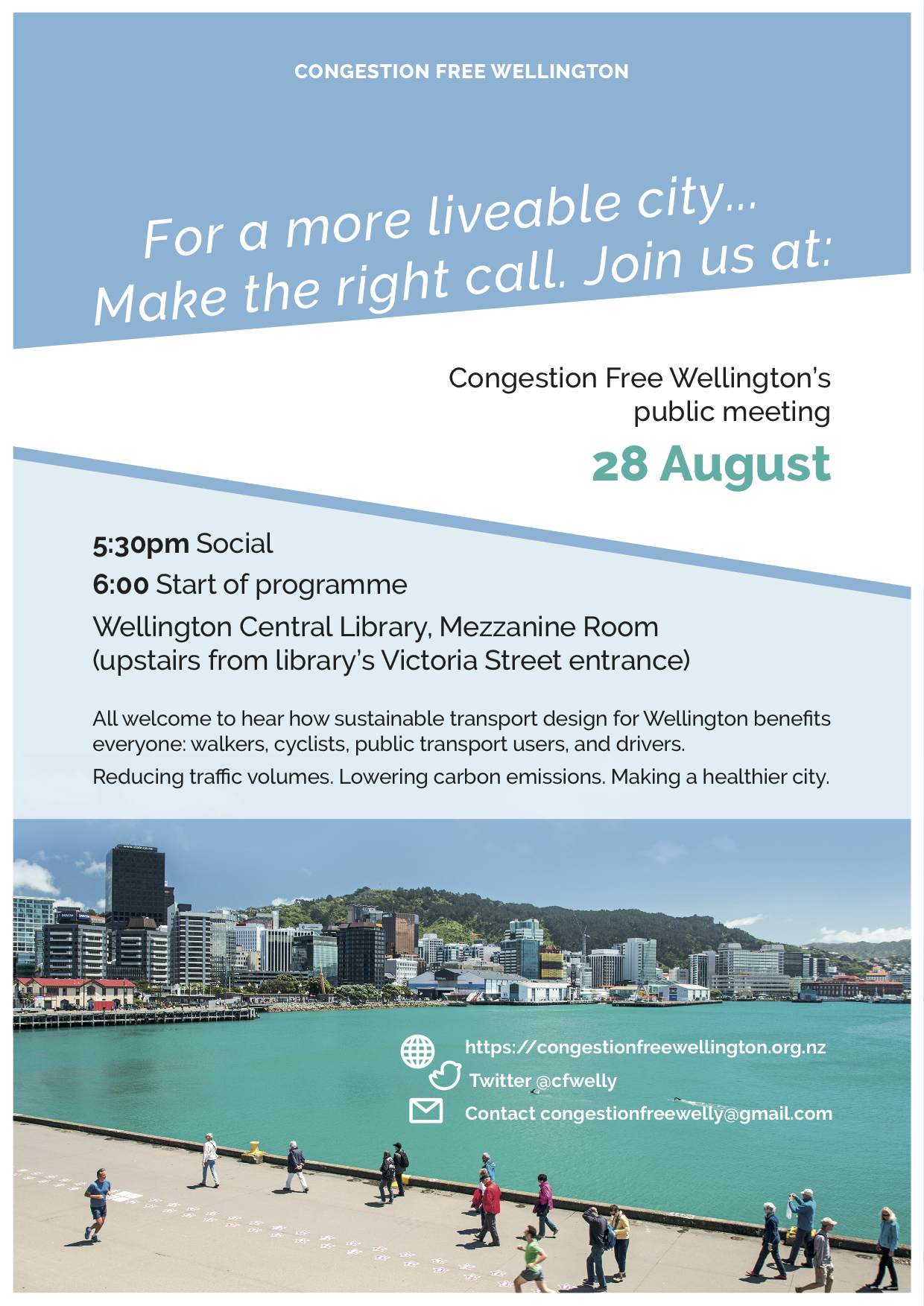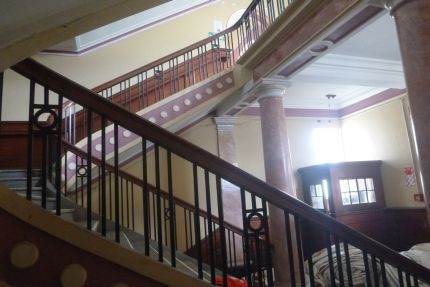The rules of the Ministry for the Environment’s Environmental Legal Assistance Fund, which groups including Save the Basin have used to help fund legal challenges to infrastructure projects, have now been changed so that such applications can be arbitrarily declined, by:
The inclusion of a new criterion to consider whether providing ELA funding to the applicant for its involvement in the legal proceedings, will contribute to impeding or delaying the ability of people and communities to provide for their social, economic and cultural well-being in relation to important needs, including employment, housing and infrastructure.
I was rung by a Stuff journalist about this and responded on behalf of Save the Basin:
https://www.stuff.co.nz/national/politics/94323541/quiet-change-to-public-fund-for-environmental-legal-challenges
A subsequent exchange in Question Time (see below) makes it very clear that Nick Smith had the Government’s Basin Reserve flyover defeat in mind when he made this move.
Nick Smith and the Government appear to think that fits of pique make good public policy. We beg to differ.
Question Time
9. EUGENIE SAGE (Green) to the Minister for the Environment: By how much has annual funding for the Environmental Legal Assistance Fund been cut since 2013/14?
Hon Dr NICK SMITH (Minister for the Environment): The budget this year is $600,000 per year, as it was last year and the year before. For the 4 years prior to that the budget was $800,000 per year but was repeatedly underspent. The spend in 2013-14 was $555,000, and the average actual spend was $520,000. As much as I like the Minister of Finance, I do not like under-spending my vote so I reduced the budget in 2015-16 and transferred it to increased support for collaborative processes. This is also consistent with our blue-green philosophy of supporting people to find solutions rather than spending it on legal aid to fight disputes.
Eugenie Sage: Can he confirm that he created a new criterion for the fund recently so that community groups wanting to challenge council decisions in the courts are likely to be denied funding if their case might “impede or delay” a development project?
Hon Dr NICK SMITH: Yes, I have changed the criteria. A new consideration is the issue of housing and infrastructure. The Government makes no apologies for making it harder for groups to get Government money to stop houses and infrastructure from being built. It does not prevent funding being provided in those sorts of cases, but it requires the panel to give consideration to the broader public interest. It simply does not make sense for the Government to be using public money to stop transport projects being built and stop houses being built with legal aid funding.
Eugenie Sage: Does he believe that Forest & Bird would have received funding to mount a legal challenge to Bathurst Resources’ proposed coalmine on the Denniston plateau if this new criterion had been in place?
Hon Dr NICK SMITH: There is an independent panel that makes the decisions on the issue of the legal aid. What I have added to the criteria is that, alongside the environmental things, issues like infrastructure, jobs, and housing have to be a consideration. But it still will be an independent consideration for the panel.
Eugenie Sage: Can he confirm that last year he gave himself the power to decide which cases and which community groups would get environmental legal aid, stripping this power away from the Ministry for the Environment’s chief executive?
Hon Dr NICK SMITH: Each year Ministers make a decision about the level of delegations. In this particular case, I decided not to delegate to the Ministry for the Environment, albeit I note that I followed the panel’s advice in every case. In the event that I do not follow the panel’s advice it will be a matter of open public record.
Eugenie Sage: Why will he not just own the fact that his Government is trying to stop legal challenges that might impede environmentally destructive development, like the coalmine on the Denniston plateau, the Ruataniwha Dam, and the Basin Reserve flyover?
Hon Dr NICK SMITH: I know of many Wellingtonians who would be concerned that the Government was spending money on stopping roading through to the airport being constructed with legal aid funds. So the Government has deliberately put into the environmental legal aid criteria that the panel needs to consider issues like infrastructure and housing. To quote the Minister for Infrastructure: “We are the infrastructure Government.”, and we want to see New Zealanders being able to get around and have a roof over their heads.9. EUGENIE SAGE (Green) to the Minister for the Environment: By how much has annual funding for the Environmental Legal Assistance Fund been cut since 2013/14?
Hon Dr NICK SMITH (Minister for the Environment): The budget this year is $600,000 per year, as it was last year and the year before. For the 4 years prior to that the budget was $800,000 per year but was repeatedly underspent. The spend in 2013-14 was $555,000, and the average actual spend was $520,000. As much as I like the Minister of Finance, I do not like under-spending my vote so I reduced the budget in 2015-16 and transferred it to increased support for collaborative processes. This is also consistent with our blue-green philosophy of supporting people to find solutions rather than spending it on legal aid to fight disputes.
Eugenie Sage: Can he confirm that he created a new criterion for the fund recently so that community groups wanting to challenge council decisions in the courts are likely to be denied funding if their case might “impede or delay” a development project?
Hon Dr NICK SMITH: Yes, I have changed the criteria. A new consideration is the issue of housing and infrastructure. The Government makes no apologies for making it harder for groups to get Government money to stop houses and infrastructure from being built. It does not prevent funding being provided in those sorts of cases, but it requires the panel to give consideration to the broader public interest. It simply does not make sense for the Government to be using public money to stop transport projects being built and stop houses being built with legal aid funding.
Eugenie Sage: Does he believe that Forest & Bird would have received funding to mount a legal challenge to Bathurst Resources’ proposed coalmine on the Denniston plateau if this new criterion had been in place?
Hon Dr NICK SMITH: There is an independent panel that makes the decisions on the issue of the legal aid. What I have added to the criteria is that, alongside the environmental things, issues like infrastructure, jobs, and housing have to be a consideration. But it still will be an independent consideration for the panel.
Eugenie Sage: Can he confirm that last year he gave himself the power to decide which cases and which community groups would get environmental legal aid, stripping this power away from the Ministry for the Environment’s chief executive?
Hon Dr NICK SMITH: Each year Ministers make a decision about the level of delegations. In this particular case, I decided not to delegate to the Ministry for the Environment, albeit I note that I followed the panel’s advice in every case. In the event that I do not follow the panel’s advice it will be a matter of open public record.
Eugenie Sage: Why will he not just own the fact that his Government is trying to stop legal challenges that might impede environmentally destructive development, like the coalmine on the Denniston plateau, the Ruataniwha Dam, and the Basin Reserve flyover?
Hon Dr NICK SMITH: I know of many Wellingtonians who would be concerned that the Government was spending money on stopping roading through to the airport being constructed with legal aid funds. So the Government has deliberately put into the environmental legal aid criteria that the panel needs to consider issues like infrastructure and housing. To quote the Minister for Infrastructure: “We are the infrastructure Government.”, and we want to see New Zealanders being able to get around and have a roof over their heads.


